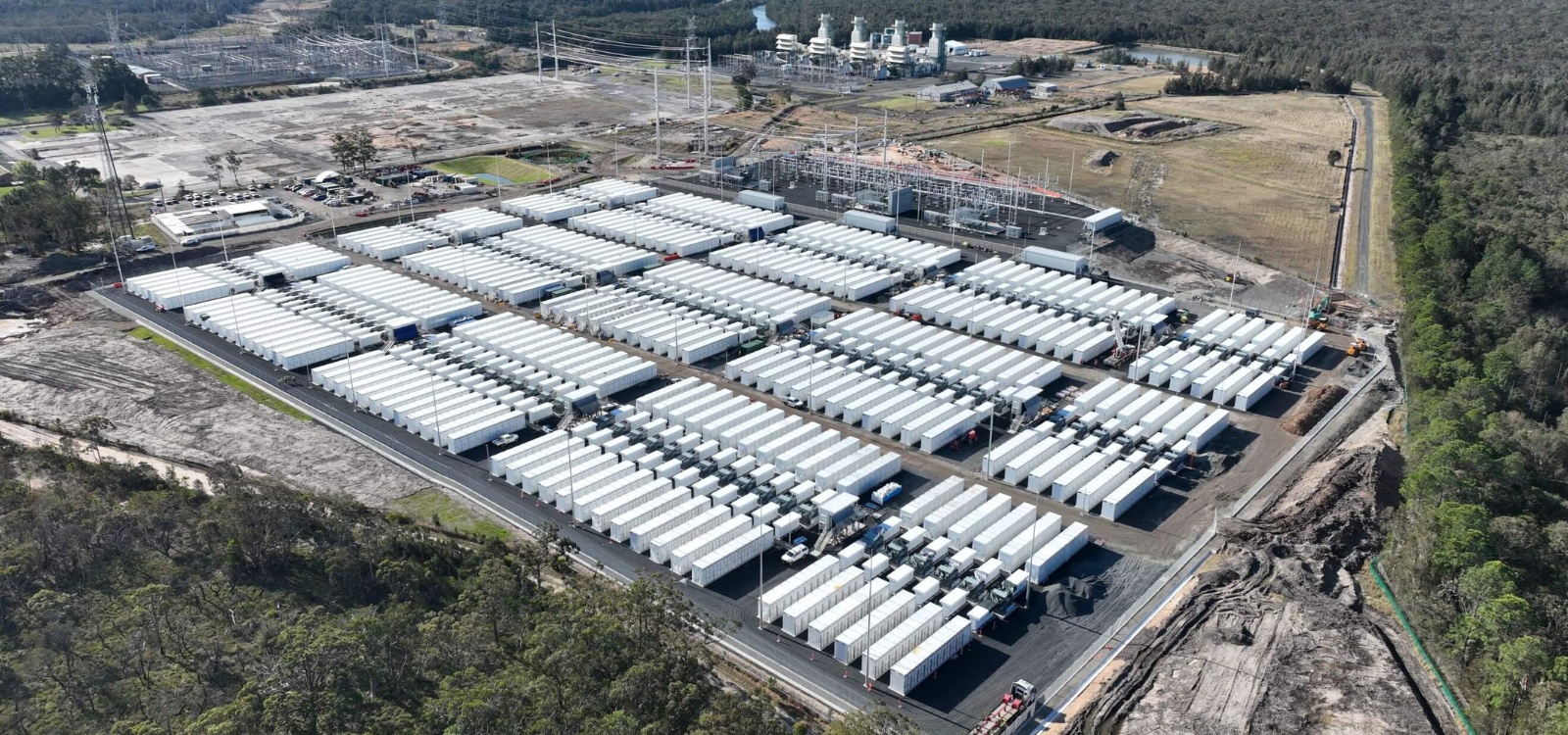Australia Activates the Southern Hemisphere’s Largest Battery

Australia Activates the Southern Hemisphere’s Largest Battery - The Waratah Super Battery is live in New South Wales, stabilizing the grid and unlocking more transmission without new fossil plants. It’s a model for smarter, faster grids worldwide.
Australia just turned on the biggest battery in the Southern Hemisphere and it’s already changing how the grid works.
This week, we’re diving into the future of energy storage: 🔹 Monday: What’s already working 🔹 Wednesday: What’s being built 🔹 Friday: What’s still missing
Let’s start with what’s working.
The Waratah Super Battery, now live in New South Wales, delivers:
- 850 megawatts of power capacity
- 1,680 megawatt-hours of energy storage
- Built by Fluence, operated by Transgrid
But the real story isn’t just the scale. It’s how it works.
Named the “shock absorber” for the grid, Waratah now steps in during sudden faults—absorbing disruptions that would’ve previously caused blackouts. Previously, New South Wales had to limit how much electricity moved through transmission lines, in case a line failed and triggered a chain reaction. It allows transmission lines to operate closer to full capacity, without needing more fossil fuel backup or expensive new lines.
No new generation.
Just a smarter, faster, and more flexible grid.
And this isn’t just an Australian success story. Parts of the U.S., especially in the Northeast, face a similar issue: transmission bottlenecks, delays in connecting renewables. Old infrastructure is nearing its limits.
On Wednesday, we’ll dive into how New York State's new battery policy tackles this.And on Friday, we’ll look at what MISO still needs to do
This is part of a special series on how battery storage is no longer a “nice to have.” It’s the backbone of the future grid.